Los Angeles comes alive after dark. In warehouses, studio lofts, and DIY venues across the city, artists and outsiders gather under dim lights and fog to create something that feels urgent and real. Here, punk collectives, synth experimenters, and visual artists transform industrial spaces into temporary cathedrals of sound and expression: scenes built from collaboration, not commerce. Around every corner, there are the iconic haunts run by punks and goths: spaces like Das Bunker, Bar Sinister, and Club Decades, where the pulse of the underground still beats loud enough to rattle the walls. It’s in this network of DIY sanctuaries and late-night stages that Darkwave Records took form: a label born from the city’s creative underground, where community means everything and every performance feels like a declaration of intent.
What began as a small circle of musicians helping each other navigate the city’s creative grind has evolved into one of L.A.’s most vital independent networks: a label, media studio, and booking arm that operates as one ecosystem. Darkwave Records carries forward the punk spirit of mutual aid while embracing the cinematic allure of post-punk and darkwave. Its artists share a vision of art as connection.
In this interview, we speak with the team behind Darkwave Records about the label’s DIY origins, its expanding global reach, and how it continues to prove that the underground is thriving.
How did Darkwave Records begin? What inspired you to create a label and creative hub rooted in the underground scene, and how has that vision evolved since its inception?
It really started from a spirit of collaboration. When I was working on my project, The XRAY5, I met a lot of artists and promoters in the Los Angeles scene who genuinely wanted to help one another — not in a transactional way, but with real community energy. One of the first people who stood out in that sense was Matt Rozo from Fevr. We both shared the same mindset: that we could create something larger than just a band or a release — a home base for independent artists doing darkwave, post-punk, and synth-driven music.
Over time, that idea evolved from a small collaboration network into a full creative ecosystem — with a record label, booking arm, and media studio all working together to support artists who might otherwise get overlooked.
Los Angeles has long been a breeding ground for experimental music. What is it about the current L.A. scene that makes it such fertile ground for post-punk and darkwave artists today?
L.A. has this rare mix of grit and glamour — it’s cinematic but still raw. There’s a real creative urgency here, especially in the underground. Artists aren’t afraid to blur genres or bring visual art, fashion, and performance into their music. You can play a darkwave show in a warehouse one night and a gallery space the next. There is a distinct spirit of punk DIY, artistic expression, and varied cultural backgrounds that create a vibrant scene.
Your first compilation, LA After Dark, focused heavily on local talent. Why was it essential to start with artists from Los Angeles, and how did that project help strengthen the city’s creative network?
It felt right to start at home. LA After Dark was about capturing a moment in time — the pulse of the L.A. underground right now. These are artists – Fevr, Kyd Barrett, Blood Handsome, Vick Vapors, Grizz, Puppet, Holy Water, XRAY5 – all have been building and contributing to the scene show by show, collaboration by collaboration. We’ve created a great bond with a number of different venues and promoters throughout LA and the Central Valley that bring events to the public. Bringing these artists together on one vinyl created a snapshot of what’s happening here. It also helped connect people who maybe had seen each other’s names on flyers but never collaborated before. It turned individual efforts into a collective statement.
The CD edition expands to include artists from across the U.S. and abroad. How do you maintain a sense of connection between these different scenes? What unites them under the Darkwave Records banner?
Even though the artists come from different regions — from LA to Mexico City to Europe — they all share a similar creative DNA. There’s this honesty in their music, an edge, and a connection to that darker romantic aesthetic. We keep the connection alive through constant collaboration — remixes, cross-promotions, shared visuals — so it feels like one extended family rather than separate scenes. Echos of the Night CD compilation will show that with a varied mix of artists- Antipole, Vick Vapors, Casa de Brujas, Redder Moon, Meldamor & Fevr – the list goes on.
When you’re deciding which artists to work with, what qualities or philosophies resonate most with you? How do you define the “Darkwave Records” sound or spirit?
It’s less about fitting into a strict genre box and more about authenticity. We look for artists who bring emotion, texture, and good art to the stage. The Darkwave spirit is about creating something that lingers — both sonically and visually. However, we also look beyond that, searching for a sincere willingness to support the community, the scene, fellow artists, and contribute to a sense of family. This isn’t about one artist, but about all. Having a positive mindset helps to that end. Having lived in the LA music scene, we’ve seen the negative energy that end careers of indie artists before they’ve started. We want to purposely counter that with a supportive community that will help establish artist and collaboration, bringing people together.
Darkwave Records now encompasses not just music releases but also visual media and marketing. How did that multidisciplinary model come about, and what advantages does it bring to your artists?
It came naturally. Collectively, we’ve spent years in digital media and marketing, and have seen how many indie artists struggled to bridge the creative and promotional sides. So we built Darkwave to be both a creative hub and a business platform. We can handle a photo shoot, design an album cover, run digital campaigns, and book live events — all under one roof. It helps artists focus on their craft while still getting the professional support they need to grow.
Is there a visual language you aim to convey through Darkwave Records? How important is visual storytelling to the label’s identity?
Visual storytelling is a huge part of what we do. The darkwave and post-punk aesthetic is very tactile — it’s about contrast and mood. We lean into that with distressed typography, cinematic lighting, and design that feels both analog and modern. Every release is treated like a visual narrative — from the album art to the social media rollout — and we collaborate closely with artists so that their visual world matches their sound.
Could you tell us about your live branch, Darkwave Live? What motivated you to enter bookings and event production, and how does it complement the label’s other work?
Darkwave Live came out of necessity — artists needed shows, and we wanted to make sure they had the right stages and audiences. It’s become the performance arm of the label, connecting acts through curated events. It’s also a way to keep the community engaged beyond streaming — to create real, physical experiences where people can connect with the music. We have recently started to recruit some of our artists to head this effort, Jake Desrochers (Holy Water) will head the team with help from a couple other folks from the Darkwave family, Angel Chacón (Elder Goth) and Henrik Strater. Jake will be taking the lead on efforts to book tours for our core artists in 2026 and will provide outreach to other booking agencies from both the States as well as in Europe.
What role do local venues, promoters, and collectives play in sustaining the underground right now?
They’re the backbone. Without small venues and independent promoters, there’s no underground. What’s great now is that audiences are more intentional — they want the live connection. There’s been a shift toward authenticity; people show up for the energy, not the algorithms. We recently partnered with M81 Presents and our artists and space at the Gothoween events that toured Las Vegas, Bakersfield, and L.A. The experience at each of the shows was fantastic and the feedback on our vinyl compilation and merch was great. The underground is thriving because it’s real and community-driven.
Independent artists often face the challenge of balancing creativity with logistics. How does Darkwave Records assist them in navigating this process while preserving their artistic autonomy?
We act as a support system, not a gatekeeper. Artists retain control of their music publishing rights— we just help them translate their vision into something market-ready. Whether it’s mastering, creating vinyl, CDs, or marketing, we make sure the business side enhances their art instead of diluting it.
Your label continues to emphasize vinyl and tangible formats. Why is physical media still essential to your strategy?
Physical media is part of the experience. When you hold a vinyl or CD, you’re engaging with the art in a deeper way — the artwork, the ritual of playing it. It’s collectible and timeless. In a digital era, that tangibility creates connection, and it aligns perfectly with the darkwave ethos. Many of our first experiences buying records are what drives that. A fan remembers the albums they bought and why. That experience is special to them and it resonates over time because you can hold the album in your hands. There’s a closer connection with the bands when you have that.
With in-house creative services, live events, and label operations, you’ve built what feels like an ecosystem. How do all these pieces work together to sustain the underground community?
It’s all about synergy. A band might start with a release, then we film a live video, promote it through our agency, and book them a show. Each piece supports the other, and that loop helps everyone grow together. Some critics may not see us as a “real label”, but we are what a label should be. We’re a collection of artists that have created a network built to sustain creativity long-term. It’s not easy organizing a collaborative, but we know that the key is to have the right people in place, all with the same destination in mind.
Have any interesting collaborations or joint projects emerged from your roster?
Definitely! We have a few remix collaborations that are brewing, guest appearances, and even full co-releases come out of our roster. When you put the right people in the same mind groove, creativity naturally multiplies. It’s one of the most rewarding parts of what we do. More plans are developing for other projects that I’m not able to disclose yet, but they’re all very exciting and I expect the fans will love them.
Now that you’re connecting artists from different regions, how do you see Darkwave Records contributing to a more global darkwave and post-punk community?
We want to be a bridge. There’s so much incredible darkwave happening across Latin America, Europe, Canada, and the U.S., and we’re connecting those dots — giving international artists a platform to reach new audiences while keeping the underground roots intact.
What’s next for Darkwave Records?
We’ve got new releases coming from Holy Water – Contrast, Vick Vapors – Gave It My All, along with more from all of our core artists – Grizz, Blood Handsome, Fevr, XRAY5, Puppet, Kyd Barrette’s debut album. However, we are also going to work on the next CD compilation, Vol. III as well. That means we’re looking for more like-minded bands from all over the place that share our vision.
It’s important to say that our inspiration comes from all of those early record labels that helped launch important music and artists: Factory Records, 4AD, Beggars Banquet, IRS Records, 415 Records, Dischord Records – so many more.
Now that we’ve formed the vision and put ourselves out there, we hope that the community will continue to support us. We want to be around next year… and the year after that!§
Darkwave Records’ compilation LA After Dark is out now. Order Here
The Darkwave Records Family:
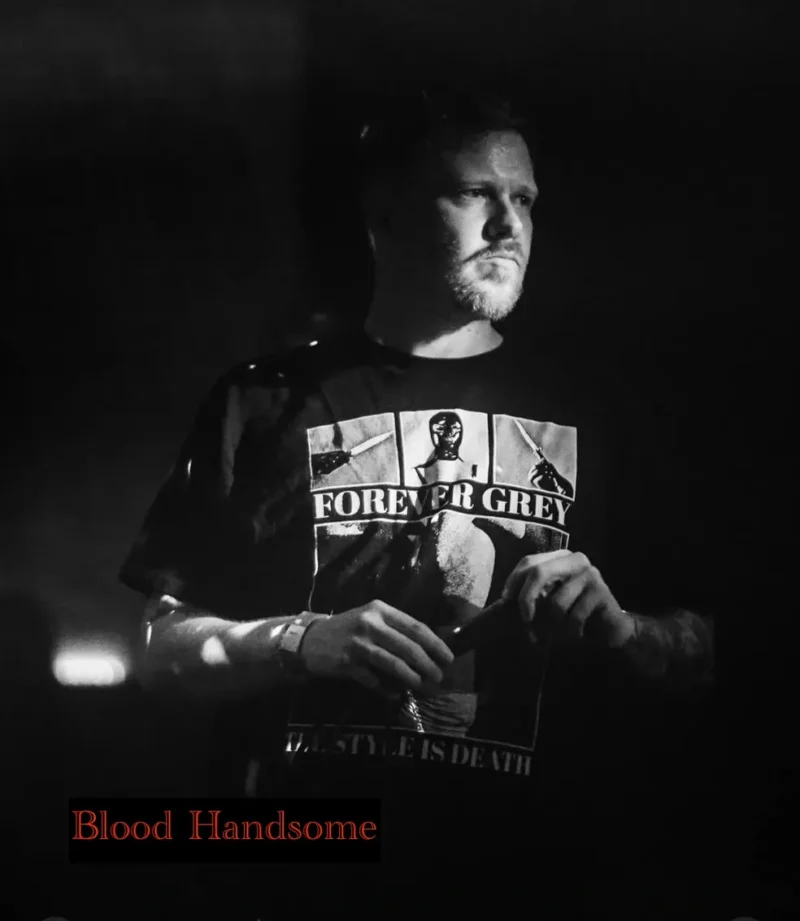

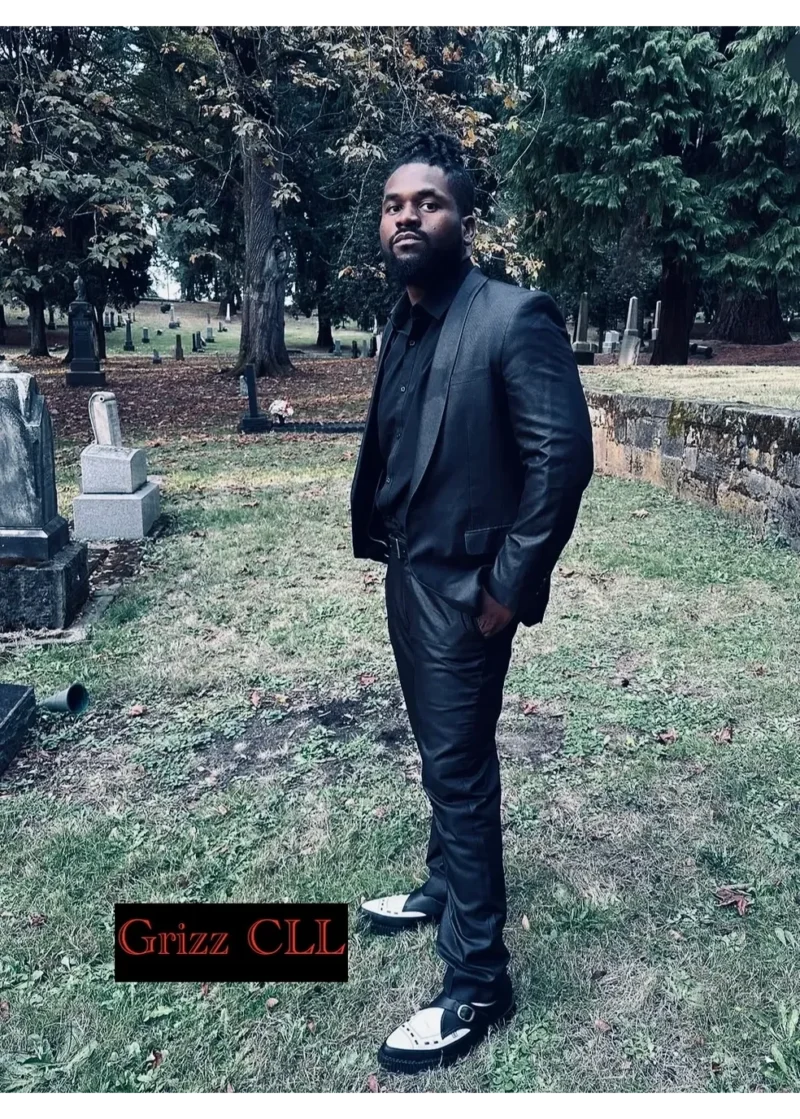
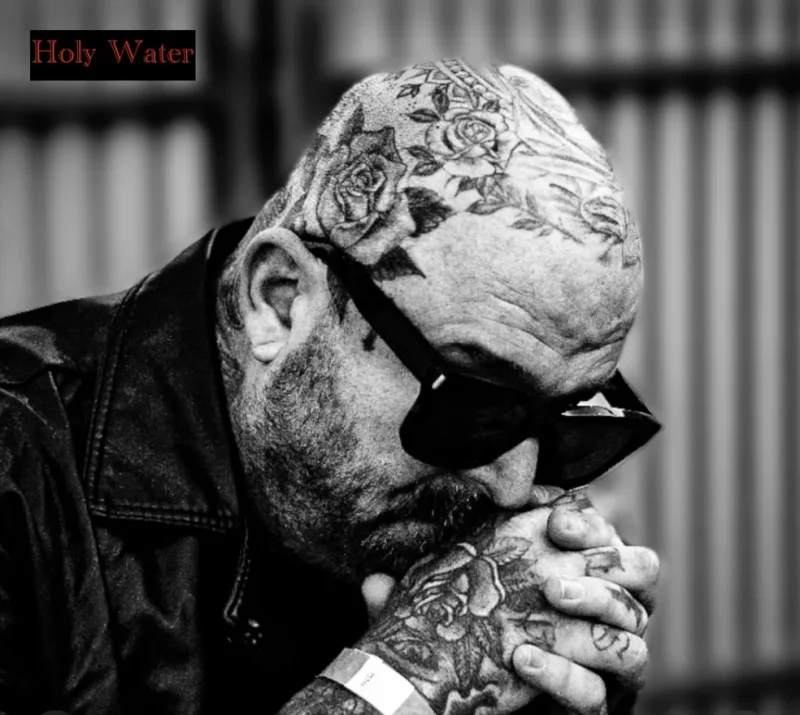

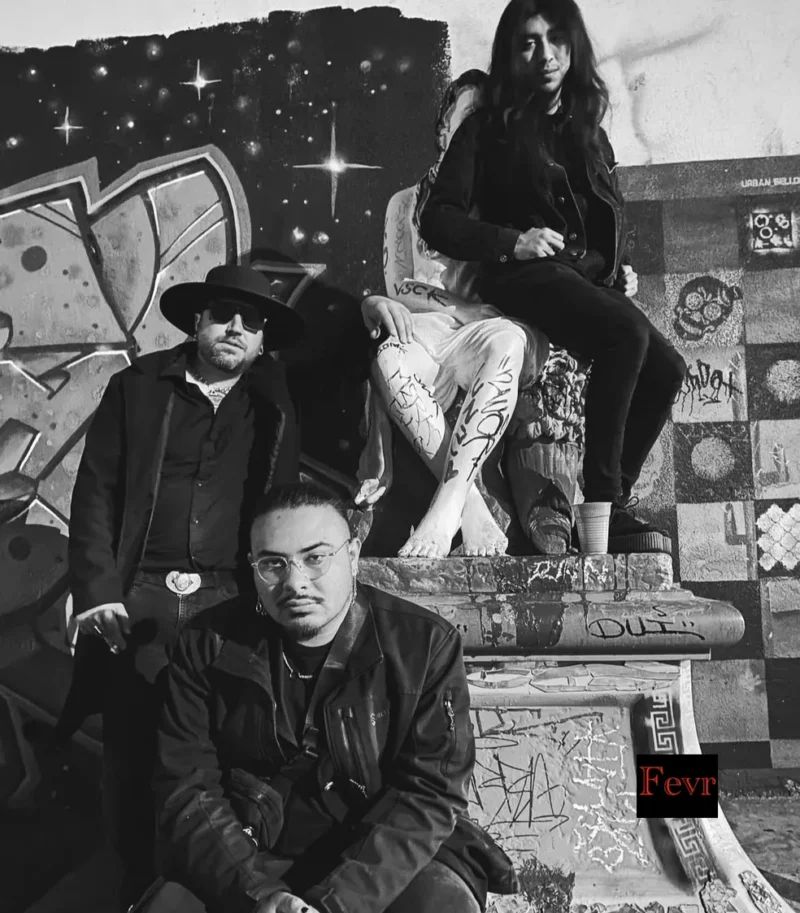

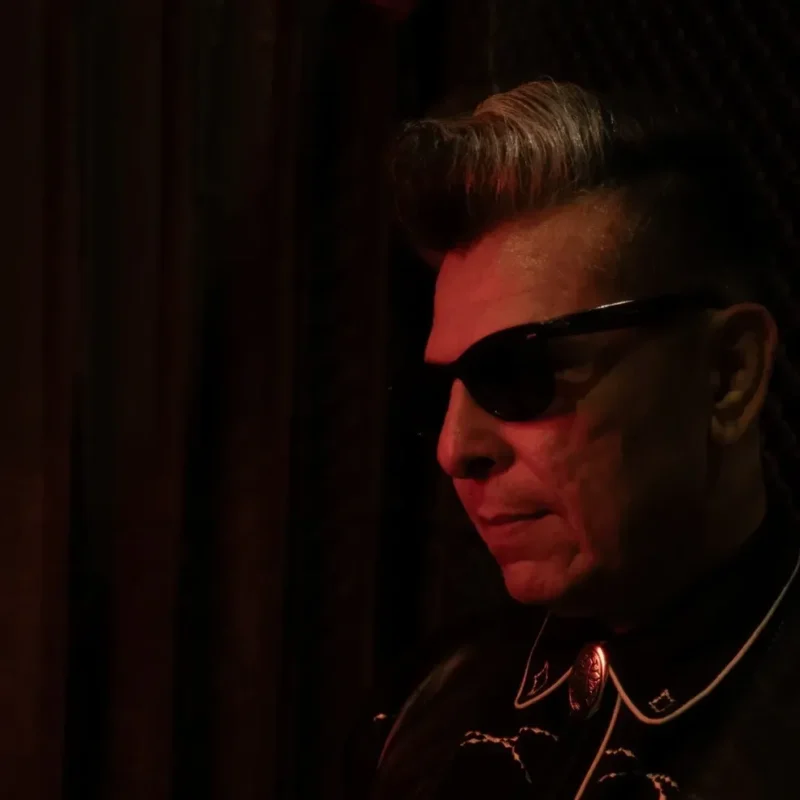
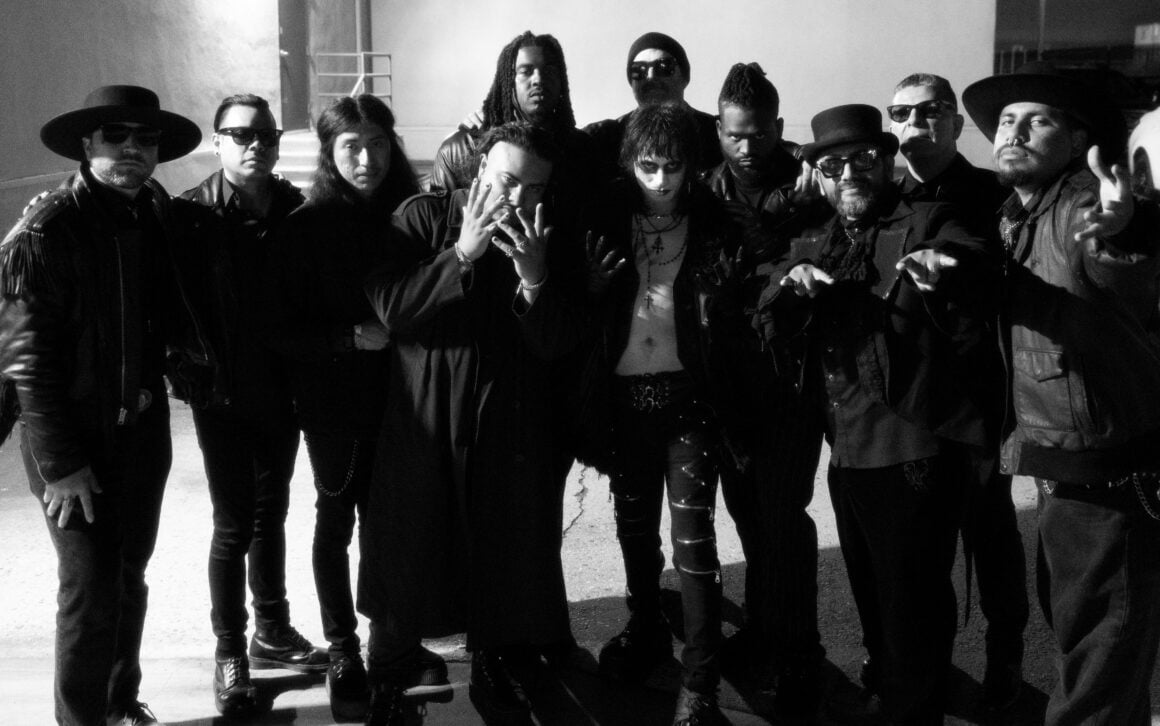
Follow Darkwave Records:
TikTok:



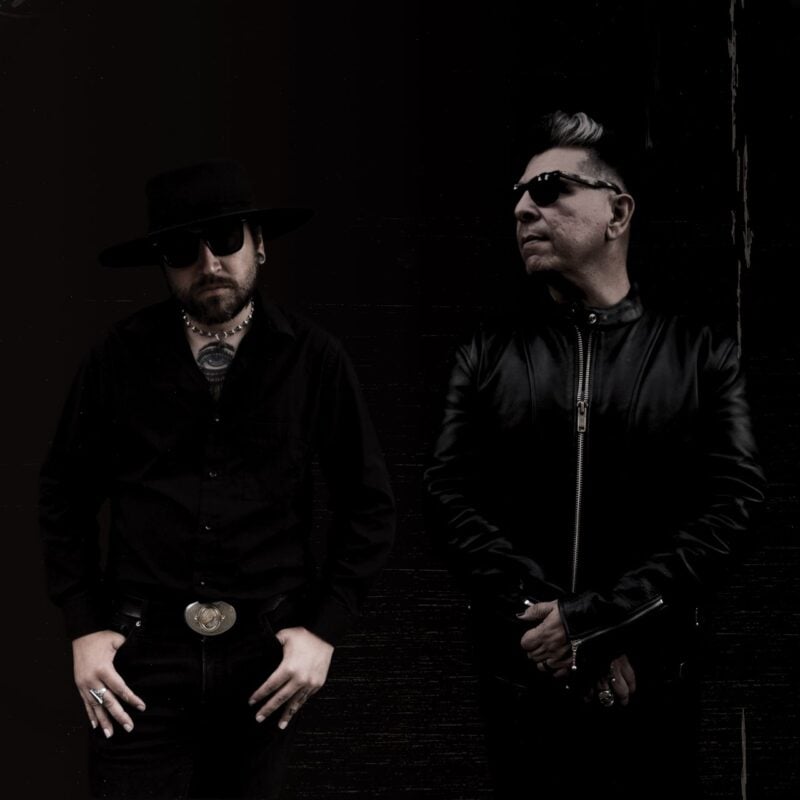
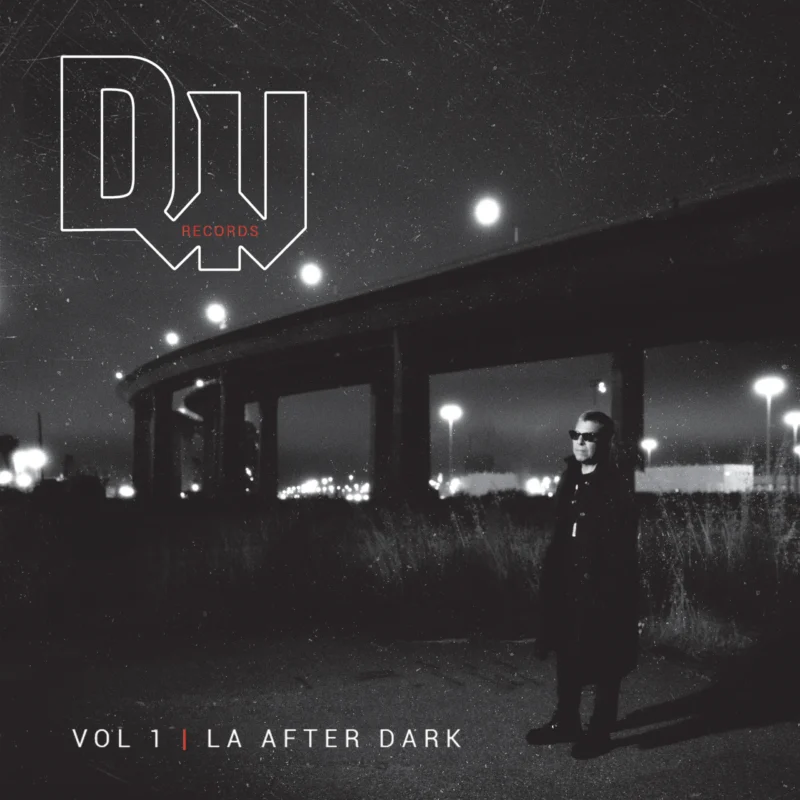


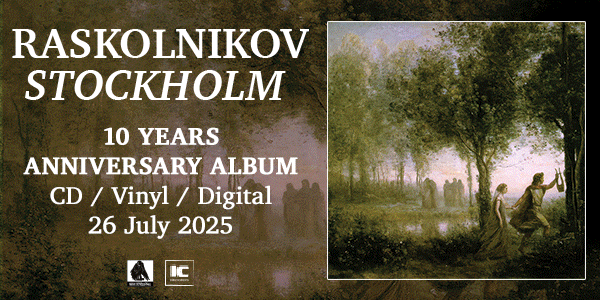









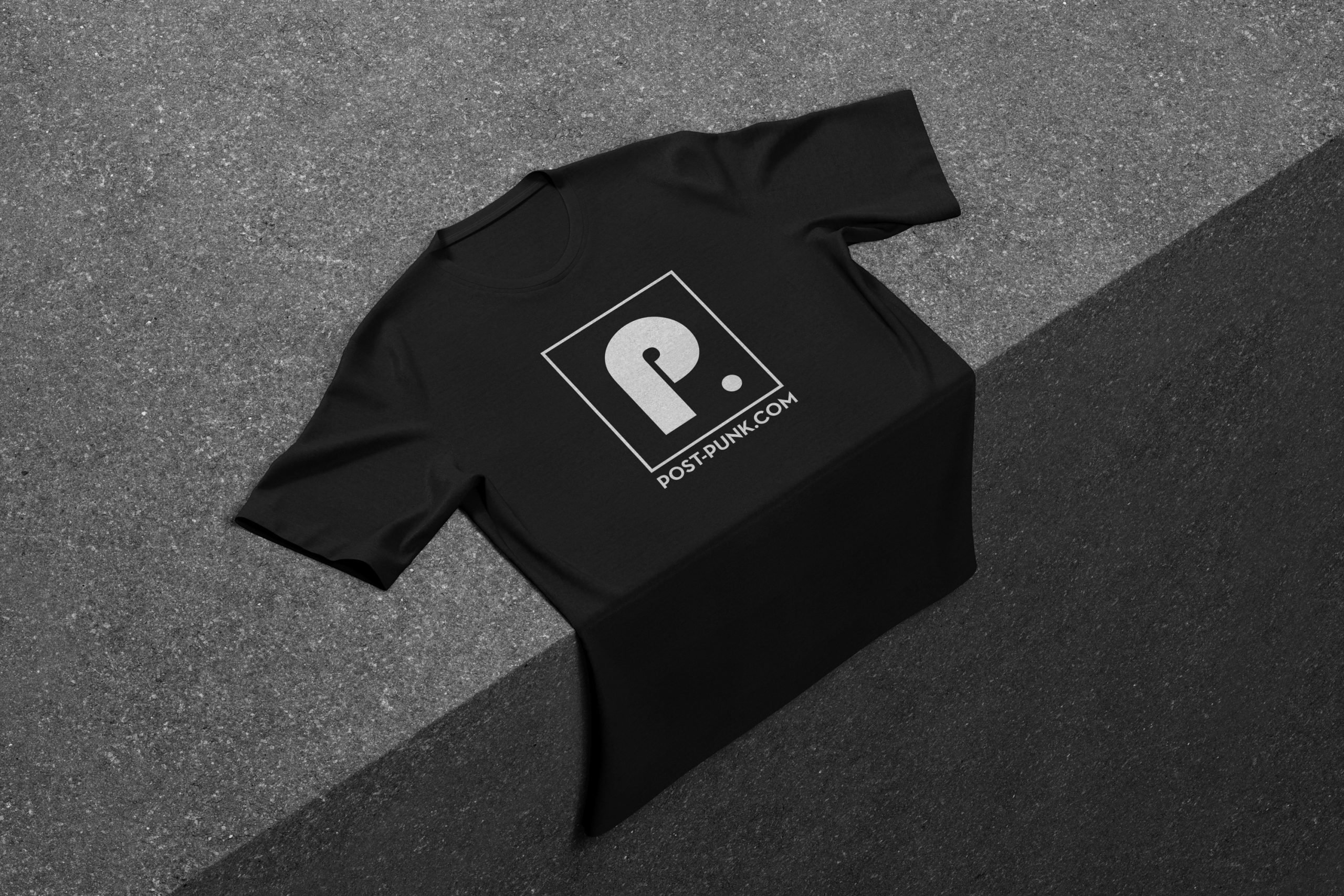 Or via:
Or via: